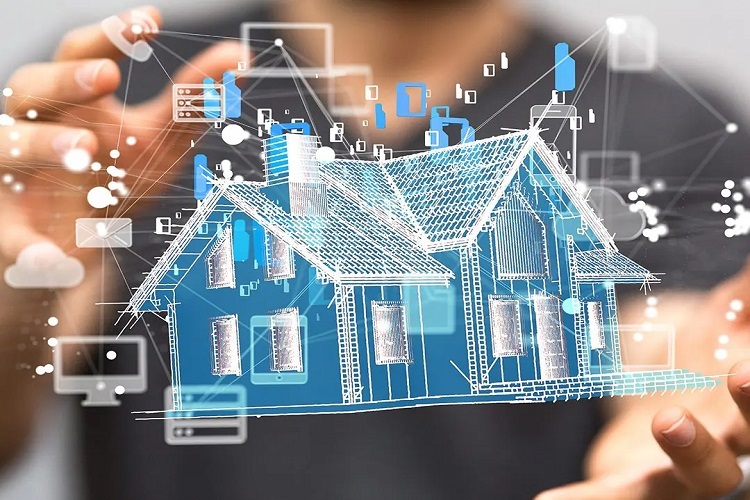Table of Contents
Assessing Your Home Cybersecurity Risks
You live in a connected world. Everything seems to link to the internet, from your smartphones and laptops to your smart TVs and home security systems. While all of this connectivity provides convenience, it also opens up risks. If you don’t take the proper precautions, you could leave your most private information exposed. Don’t worry, though! With a few simple tips on home cybersecurity, you can lock down and safeguard personal data and privacy in your digital life. In this article, you’ll learn key strategies to protect all your devices that connect to the internet. We’ll cover creating strong passwords, installing antivirus software, setting up firewalls, and more. You’ll walk away knowing how to keep your home network and internet-enabled gadgets safe to enjoy without compromising your security. Ready to secure your smart home? Let’s get started!
Best Practices for Securing Your Home Network
When protecting your smart home, the first step is understanding your risks. Do security cameras, smart speakers, thermostats, or doorbells connected to your network? Each device is a potential target. Connected cameras
If you have internet-connected cameras, make sure they’re not accessible to just anyone. Change the default password to a strong, unique one and enable two-factor authentication if available. Also, check where your cameras are positioned – you don’t want them peeking into your neighbor’s yard or windows!
Smart speakers and assistants
Voice assistants like Alexa or Google Home seem harmless, but they always listen for their wake words. If possible, enable a mute function, and be careful what personal information you share. Someone could be eavesdropping!
Routers and networks
Your router is the heart of your connected home, so secure it well. Change the default admin password, use WPA3 security, and enable firewall protection. Make sure your network name doesn’t broadcast your address or name. If you have kids or guests, set up a separate guest network for their devices.
Staying on top of your connected home security does require some effort. But by assessing where you’re vulnerable, enabling strong passwords and protections, and being privacy-conscious, you’ll know your smart home is safer from hackers and intruders. Take it step by step – your peace of mind will be worth it!
Protecting Internet-Connected Devices in Your Home
The first step in keeping your connected home safe is securing your Wi-Fi network. Make sure your router has a strong, unique password that’s at least 12 characters long and contains a mix of letters, numbers, and symbols. Once you’ve set that, you’ll want to change your router’s default SSID (network name) to something less obvious.
You should also enable WPA3 security on your router if it’s supported. WPA3 uses the latest encryption to protect your network traffic. If WPA3 isn’t available, use WPA2. Either of these options is better than the older WEP security.
Next, check if your router’s firmware is up to date. Outdated software often has security vulnerabilities that hackers can exploit. If your router offers automatic updates, enable them.
Don’t forget about your router’s firewall, either. A firewall helps block unauthorized access to your network and its devices. Enable your router’s firewall and ensure it’s set to block anonymous internet requests and deny any unused ports.
Finally, change the default passwords on your other connected devices, such as smart speakers, security cameras, streaming sticks, and gaming consoles. Generic passwords are easy targets for hackers. Use unique, complex passwords for all your connected tech.
Following these best practices will go a long way toward securing your network and protecting your smart home. Staying on top of updates and using strong, unique passwords are two of the most important things you can do. Your connected life will be safer for it!

